Cellular booster manufacturer SureCall has been around for a long time (since 2001) and has built up a solid reputation (and patent portfolio) around providing boosting gear for everything from the largest office buildings to the smallest vehicles.
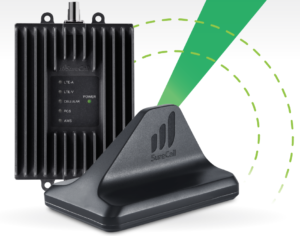
In September 2019, SureCall released the Fusion2Go Max - claiming to be "ushering in the next generation of signal booster technology through its ground-breaking ERT technology" - saying that the Fusion2Go Max is "the most powerful vehicle signal booster in its class".
The Extended Range Technology(ERT) architecture places some of the booster electronics in the outdoor antenna itself, and SureCall says that this allows the elimination of signal loss from the cable run between the antenna and the booster core.
On paper - it sure sounds impressive.
But is it really groundbreaking in practice?
And though the technology is interesting, the Fusion2Go Max is designed with some tradeoffs that will make it a challenge to use in many RV and most marine installations too.
Specifications
- Model: Fusion 2Go Max
- Gain: 50dB
- Max Uplink Power: 29dBm, 1 Watt EIRP
- Impedance: 50 Ohm
- # of Devices Boosted Simultaneously: Multiple
- LTE Bands Supported: 12/17, 13, 5, 2, 25, 4
- Uplink Frequency Range (MHz): 698-716 / 776-787 / 824-849 / 1850-1915 / 1710-1755
- Downlink Frequency Range (MHz): 728-746 / 746-757 / 869-894 / 1930-1995 / 2110-2155
- Supported Standards: CDMA, WCDMA, GSM, EDGE, HSPA+, EVDO, LTE and all cellular standards
- Carriers Supported: Verizon, AT&T, T-Mobile, Sprint and US Cellular
- Exterior Antenna: ERT Shark Fin
- Internal Antenna: Candy Bar
- Wire Lengths: Exterior - 10'
- Range of Interior Coverage: 3-10'
- In Motion Usage: Yes
- Power Supply: DC Car Charger - 6-15V - AC Power Supply Available
- Power Consumption: <10w
- Connectors: FME Male (both ends)
- Booster Dimensions: 5.625" x 4" x 1.125"
- Warranty: 3 Year
- List Price: $499.99
News, Videos & Status
We received a unit in September 2019, which we put as a late entry into our Summer/Fall 2019 head to head test round.
We were able to conduct a few rounds of testing. As this isn't an RV specific form factor, we're unlikely to continue testing it.
However, the initial results and our impressions are available to members in the section below. Members can also follow our testing activity in our forum.
Related News:
Alternatives to Consider
For other booster options on the market worth comparing this model to - here are our featured options:
This Review Contains Additional Member Exclusive Content!
We are Honored to be Member Funded! No ads, no sponsors, no selling (but may contain affiliate links)
Our members fund our in-depth independent reviews.
This entry may contain additional member exclusive content such as testing notes, field testing data, user interface tours, comparisons to alternatives, analysis, tips, videos and discounts.
Members also get interactive guidance, alerts, classroom and more.
Other Ways to Support Our Work At MIRC
Member Exclusive Content Below
- Thoughts & Analysis
- Deep Dive
- Hands on Testing Notes
- LTE Bands & Network Compatibility
- Extended Range Technology
- Patent Wars
- Summary
Purchasing Options
Purchasing Links & Disclaimer
We don't sell stuff, we are primarily member funded. Some links below may be affiliate links (see our disclaimer), which also helps fund MIRC.
The vendors displayed below provide larger discounts to our MIAs that we have negotiated instead of displaying affiliate links while they are logged in.
MIA Discounts - Learn & Save!
Our Mobile Internet Aficionados (MIA) get special discounts from the below vendors. Members please check for discount codes before ordering. With savings up to 11% off, you could save more than your membership cost!
Affiliate vendor links - using these links helps support MIRC's mission (MIAs, please log in to get special discounts):
Other vendors:
SureCall | Signal Booster| UberSignal | SignalBoosters
Cellular boosters can be quite useful for boosting the signal to a smartphone to get a more solid phone call. But when it comes to enhancing cellular data performance, things get more complicated.
Because of a technology called MIMO (multiple in multiple out) that is essential to LTE and 5G data, often times the internal antennas on a smartphone or hotspot don't benefit from an amplified signal. Boosters also only cover a handful of the frequency bands the carries use for data.
But a booster can play a role in a mobile internet arsenal - as they excel during times when you are really far from a tower, or where upload speeds are important (such as video broadcasting).
For more on understanding boosters vs. MIMO - check out video:
For more on signal enhancing, including understanding boosters and the many forms they come in - follow up with our guides:
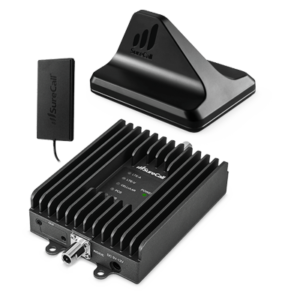
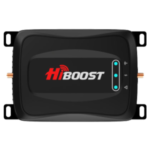
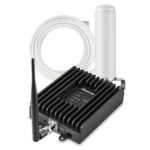
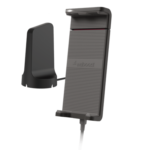
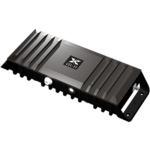
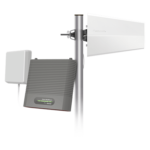
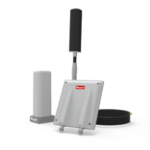
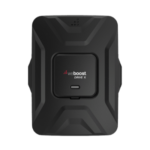
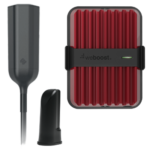

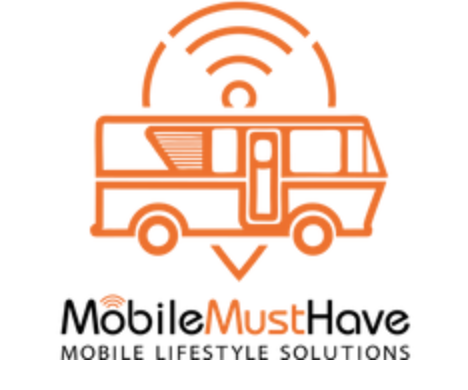

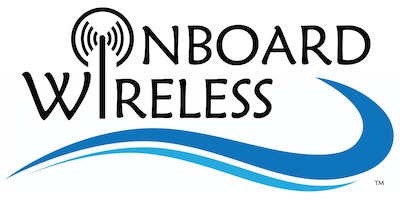



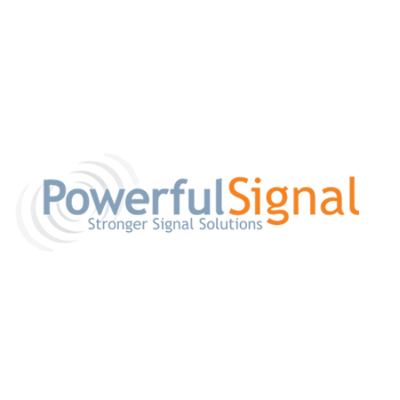
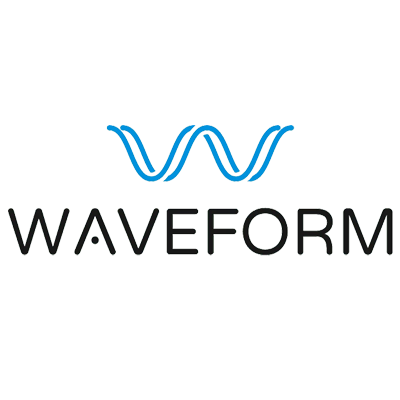
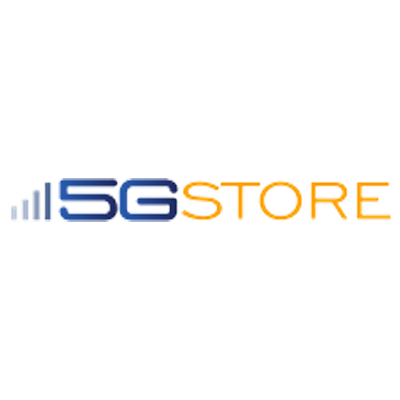
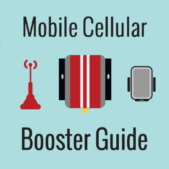
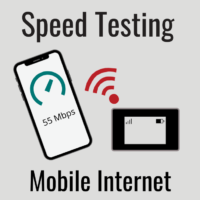
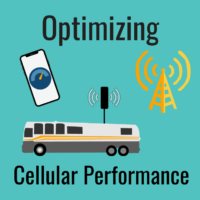
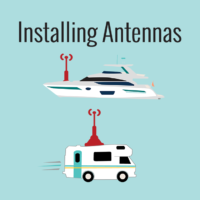
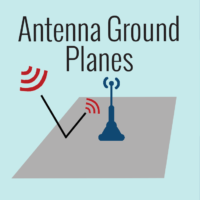
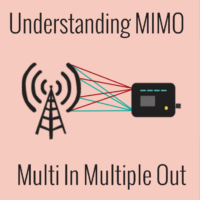
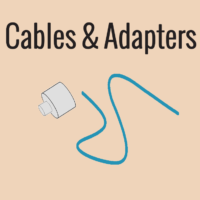
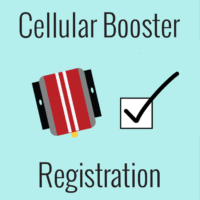






 Mobile Internet Resource Center (dba Two Steps Beyond LLC) is founded by Chris & Cherie of
Mobile Internet Resource Center (dba Two Steps Beyond LLC) is founded by Chris & Cherie of